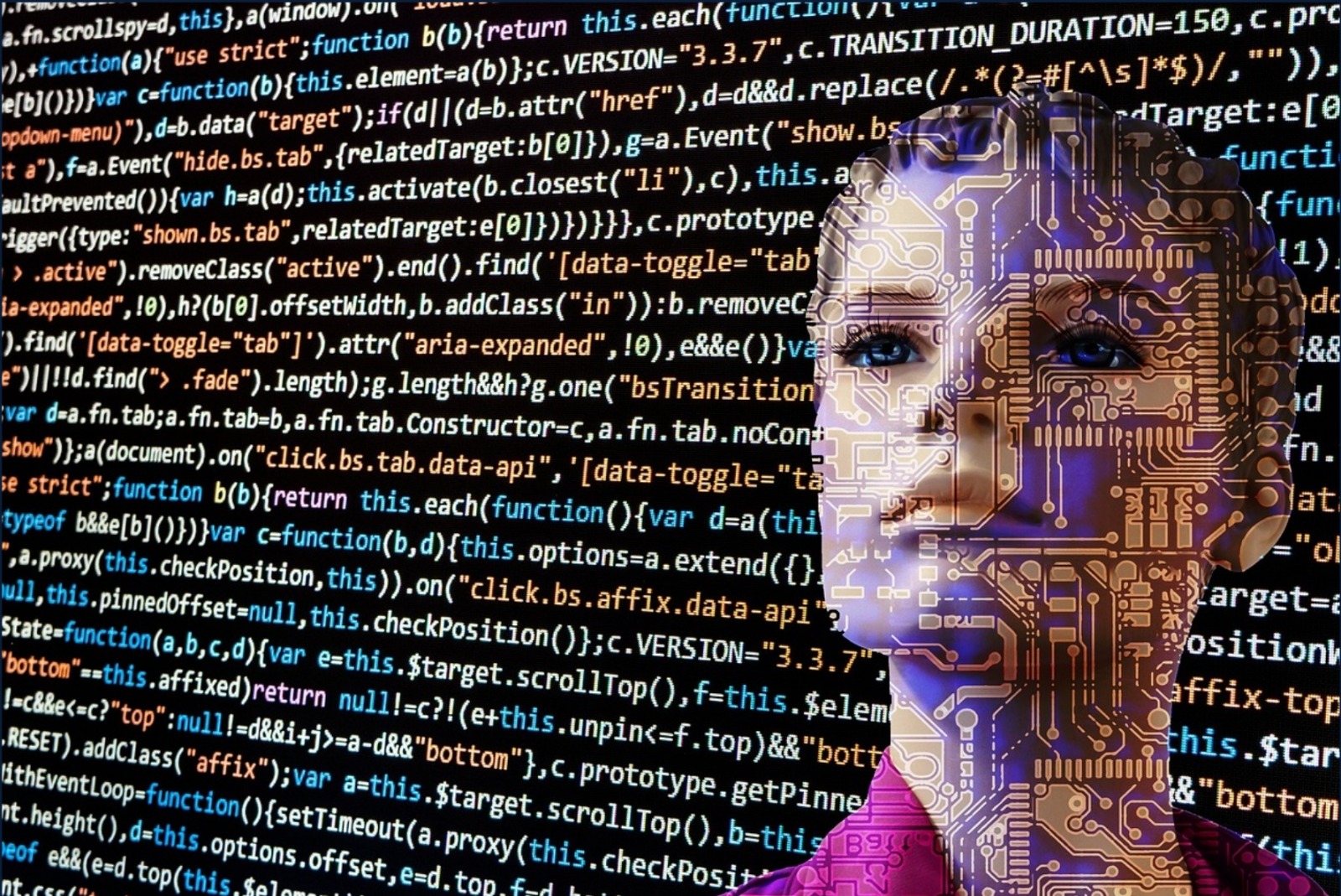The Decentralized Autonomous Organization (DAO) is a fairly recent evolution in the Web3 space, where decisions are made without the need for traditional business systems. I find this innovation mind-boggling, in that it can function practically without the need for human intervention by creating transparent, self-organizing, voting-based efficient virtual structures.
What Is A DAO?
A DAO is an entity built on the blockchain whereby the rules pertaining to its operations are coded into smart contracts. Members are assigned voting rights to determine how this entity will function as a collective. As there is no hierarchical structure in its design, DAO’s in-built voting mechanism can be very efficient for decision-making. By pooling and directing the resources from the majority, organizations now have a way for their community to chart and control the decision-making process as defined by the underlying smart contract in a transparent and secure way. These self-executing smart contracts are public and open for inspection.

Within the Web3 development community, DAO is valued for its trustworthiness and mitigated risk, as each proposed implementation must first obtain majority support from members. The transparency of the process coupled with every member being able to scrutinize the smart contract means there is good governance and less chance of fraud.
Here are some elements to bear in mind when launching a DAO project.
1. Structuring The DAO Project For Maximum Shareholder Value
DAO token holders are members of the community, and there are several governance structures that may underpin this. The Delegated Proof of Stake consensus mechanism, for instance, determines voting rights in a relatively straightforward way for blockchain projects.
The key considerations here could be: What are the goals of the DAO endeavor? How many members are involved? What are the percentage allocations and perks of the DAO holders? In some cases, DAOs not only confer voting rights but real-life benefits and special access to products and services reserved only for members. The utility of the DAO project can be extensive or specific, depending on the original objectives in the way it is set up.
As there is no legal framework for DAO, it is imperative that the design of the smart contract for the DAO is structured correctly, as envisaged by its investors. Financial and legal risks are things to keep a lookout for, and also note that maintenance of smart contracts can be expensive.
2. Forming The DAO Team
The DAO project usually sits within a broader Web3 strategic framework. Thus, integrating the DAO in terms of both the technical aspects and the marketing is essential. The team should include experienced blockchain developers responsible for coding and hardening the platform against hacking. Securing the systems against vulnerabilities with robust smart contracts is crucial.
Having the platforms and codebase audited will boost confidence.
One approach to guard against groupthink is to appoint specific individuals with special voting rights to garner and provide feedback so that contrarian views are heard and the direction of the DAO is adhered to. Beyond the technical team, DAO projects typically require strong community managers, social media specialists and experienced project management staff to drive the outreach aspects of the DAO project.
3. Adopting A Compelling Go-To-Market Strategy
The key question here is: Why would someone want to participate in your DAO? The answer lies in the profile of users and the community being targeted and what would excite them.
For instance, if the DAO wants to enroll social media influencers to engage and sell non-fungible tokens (NFTs) to their fanbase, the DAO might design a contest whereby specially minted NFTs bearing the influencer’s name are auctioned. The influencer with the most NFTs sold will receive corresponding prizes. This strategy incentivizes the participating influencers (members) to promote the DAO NFT to their respective communities, thereby creating a viral effect with impact that exceeds normal marketing campaign mechanisms.
4. Sustaining Interest And Investments
A creative DAO implementation can also be a self-sustaining project whereby its members are also investors. Extending the social media influencer example, the fan community might be persuaded to participate in a corresponding token sale arising from the original NFT DAO which can help raise additional investments and significantly increase the project’s valuation. This in turn allows the project to have working capital to make additional hires and pursue other partnership opportunities such as co-branding through an affiliate program. The influencers are energized because they are also monetizing their efforts as they engage their fan base.
At some point in this process, it may be worthwhile for the corporate entity to activate a DAO NFT buyback from the open market at fair market value. This can then be a way to add another layer of tokenization projects that builds upon the initial DAO’s success. Despite techniques like this, voter apathy can still creep in, and it is important that participation levels remain high throughout the DAO’s life cycle.
5. Ensuring Vibrancy In The DAO Community
The designated DAO community manager needs to work closely with the core DAO contributors on a daily basis and implement a well-crafted community activation and growth plan. Engagement with the DAO community can be conducted via online channels like Twitter and Discord, with the goal of consistently bringing quality output to maintain momentum and excitement. Using Twitter Spaces for Ask-Me-Anything (AMA) sessions can be effective, especially in welcoming and onboarding new members and ensuring members know about the road map and game plan. Regular postings of memes, quizzes and polls on Discord can create powerful bonds within the community.
Final Thoughts
Successful DAO projects require having a robust cost structure and strong partnerships in place. Coupled with a compelling business concept that provides real value to the DAO community, organizations can consider their unique decentralized and autonomous DAO platform as part of their broader Web3 strategy.
Follow my blog for more interesting articles
